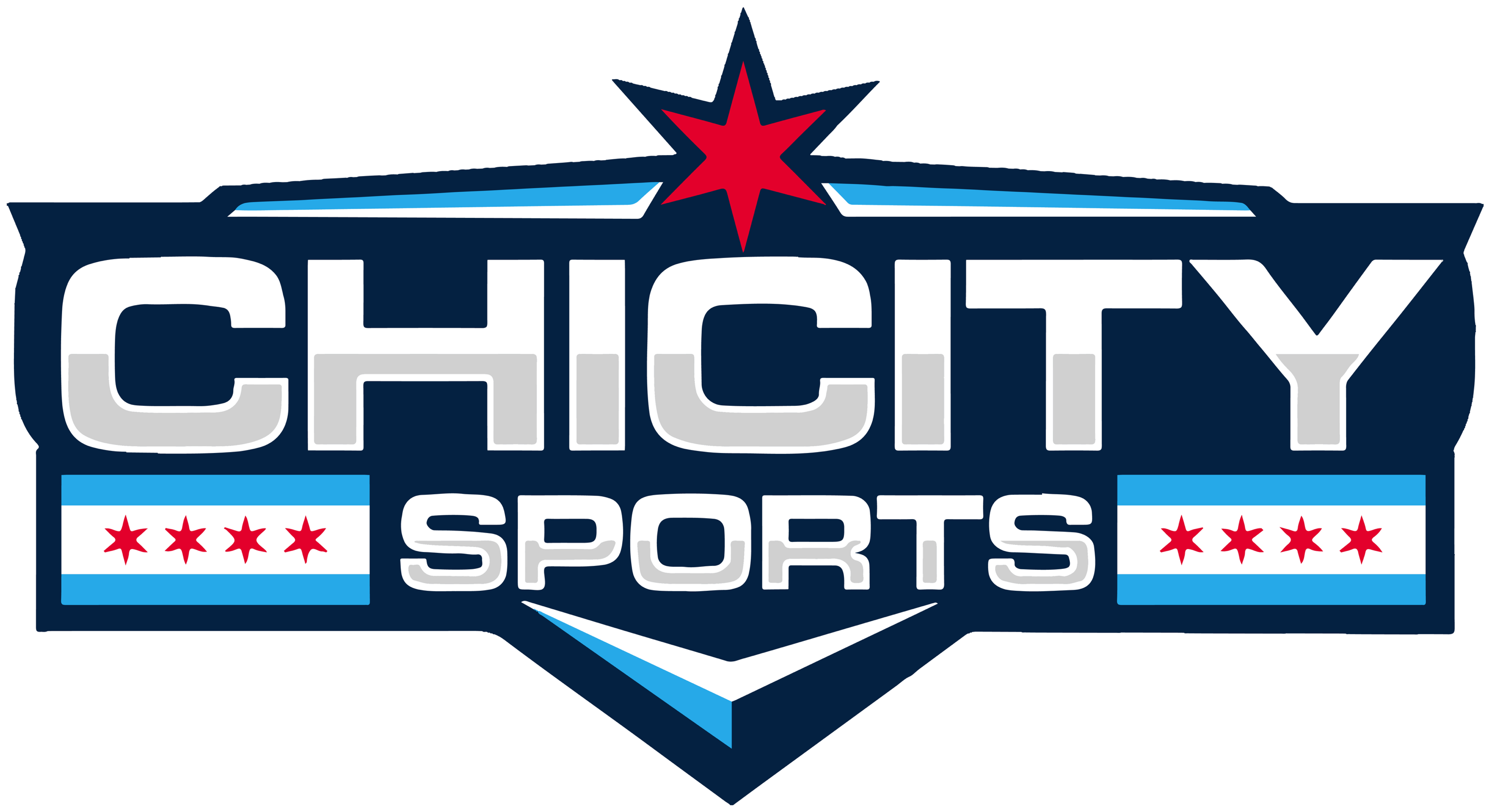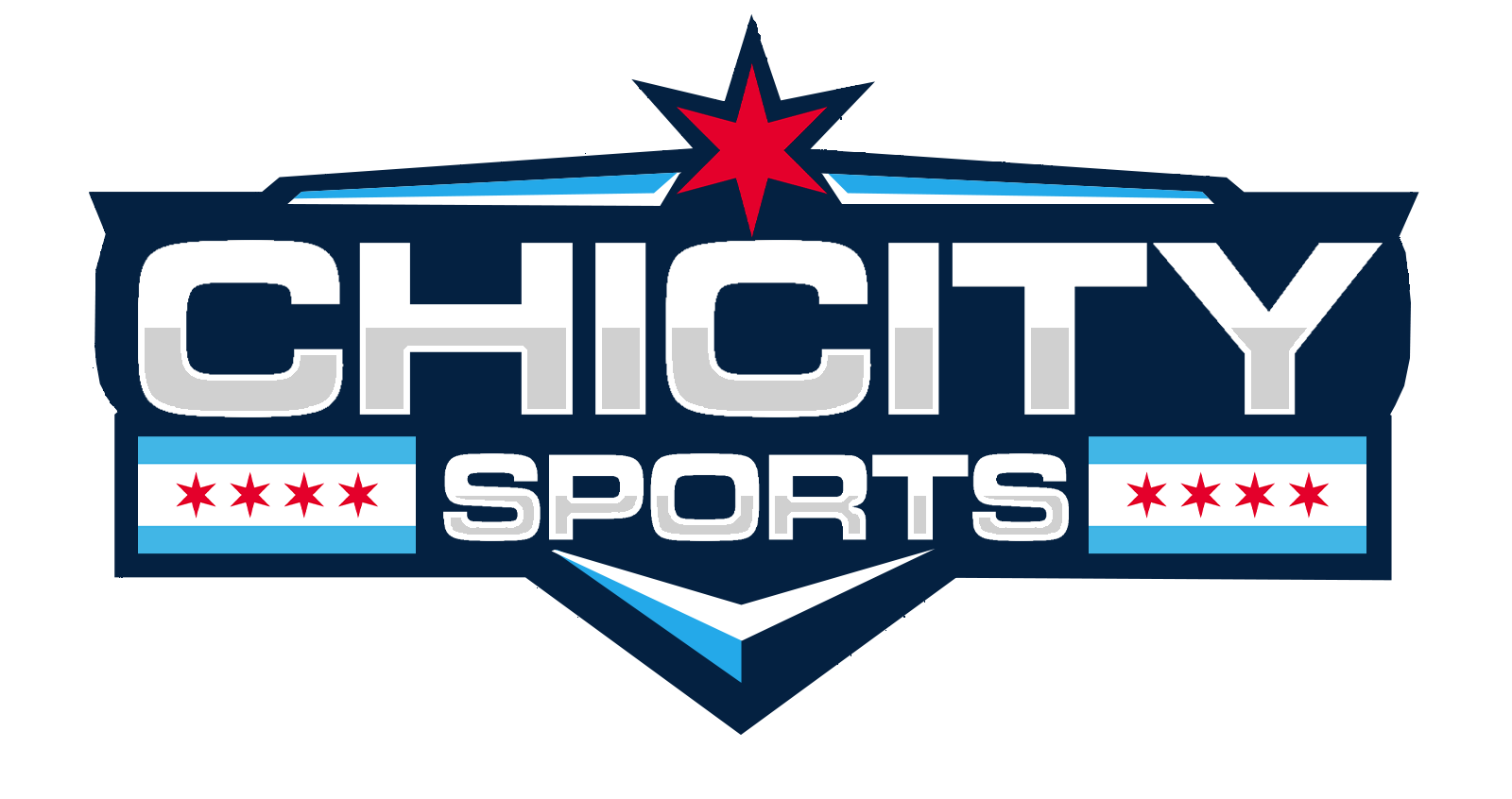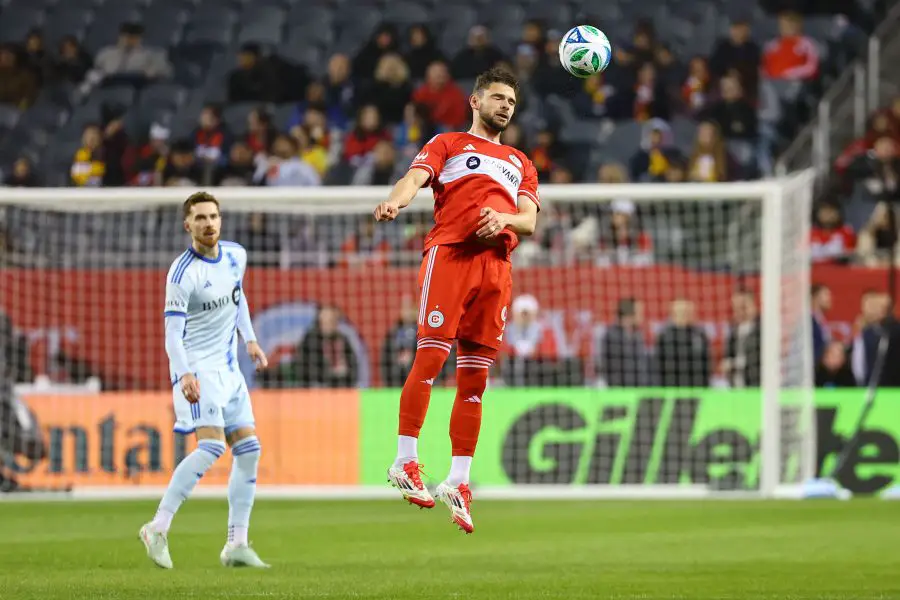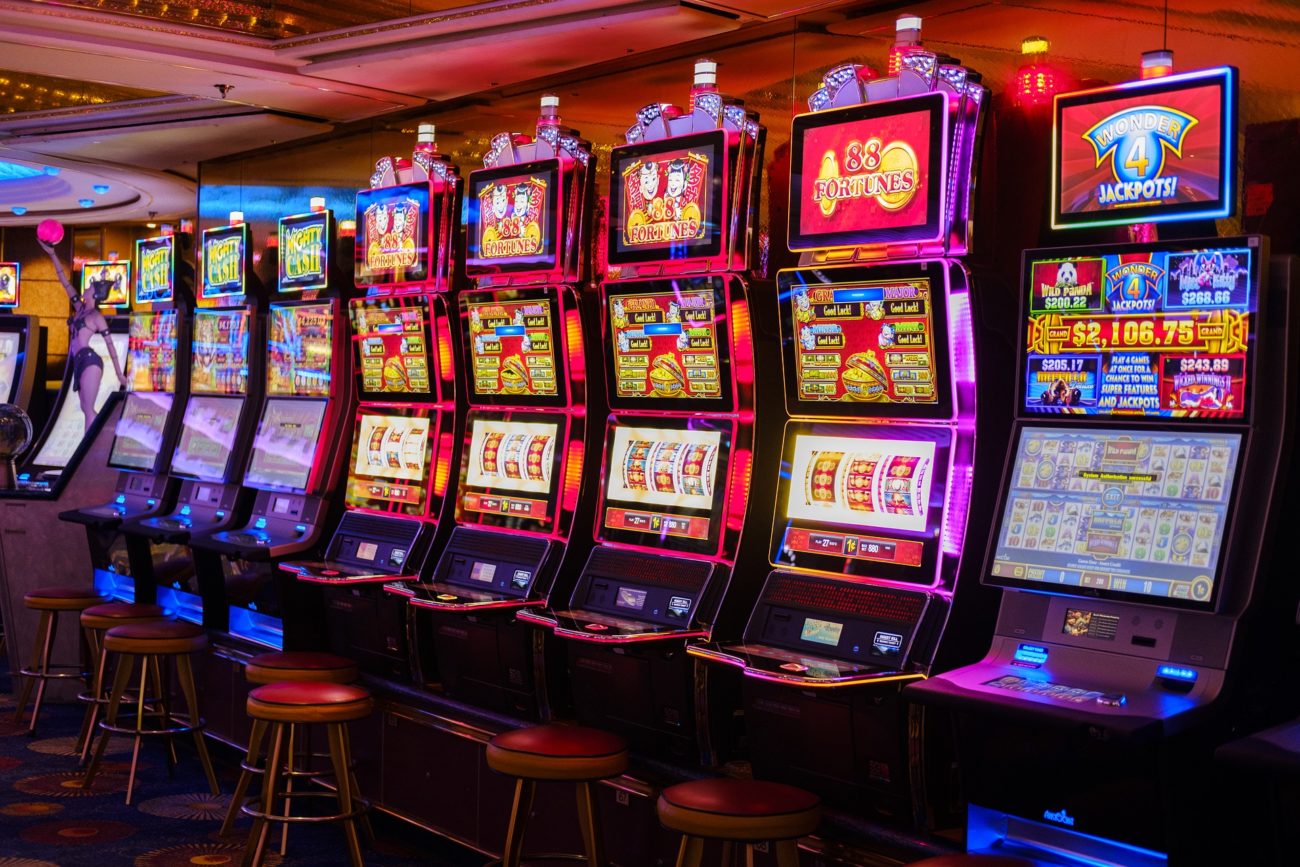In today’s fast-paced world, having quick reflexes can make a significant difference in various aspects of life. Whether you’re an athlete looking to gain a competitive edge, a driver wanting to enhance road safety, or simply someone interested in maintaining cognitive sharpness, knowing how to improve reaction time is a valuable skill.
For those serious about enhancing their reflexes, how to improve reaction time is more than just a casual inquiry—it’s a pathway to better performance and safety in numerous activities. The science behind reaction time improvement involves understanding both neurological processes and practical training methods.
The Science of Reaction Time
Reaction time refers to the interval between receiving a stimulus and initiating a response. This process involves several steps:
- Stimulus detection: Your sensory organs perceive a signal
- Signal transmission: Information travels through nerves to your brain
- Signal processing: Your brain interprets the information
- Response selection: Your brain chooses an appropriate action
- Movement execution: Signals travel from your brain to your muscles to perform the action
Your baseline reaction time is influenced by genetic factors, but substantial improvements are possible through dedicated training and lifestyle adjustments.
Proven Training Methods to Boost Reaction Speed
Physical Training Approaches
Sport-Specific Drills
Different activities require specialized reaction training:
- Tennis players: Practice returning serves from varying directions and speeds
- Boxers: Use focus mitts with unpredictable combinations
- Soccer goalkeepers: Train with multi-ball exercises from different angles
- Drivers: Practice emergency braking scenarios in controlled environments
General Reaction Exercises
These exercises benefit reaction time regardless of your specific goals:
- Hand-eye coordination drills: Catching or deflecting objects coming from unpredictable directions
- Agility ladder exercises: Following changing patterns at increasing speeds
- Reaction ball work: Chasing and catching balls that bounce unpredictably
- Partner reaction drills: Responding to random movements or signals from a training partner
Cognitive Training Methods
The mental aspect of reaction time is just as important as the physical component:
- Video games: Action games that require quick decision-making can improve processing speed
- Reaction time apps: Specialized applications designed to train various aspects of reaction time
- Dual-tasking exercises: Performing multiple tasks simultaneously to improve processing efficiency
- Meditation: Regular practice can improve focus and reduce reaction time variability
Technological Approaches
Modern technology offers specialized tools for reaction training:
- Light-based reaction systems: Equipment that uses programmable light patterns to guide training
- Virtual reality training: Immersive environments that simulate real-world scenarios requiring quick reactions
- Biofeedback devices: Tools that provide immediate feedback on reaction performance
- Smart equipment: Sports gear with embedded sensors that measure and analyze reaction metrics
Lifestyle Factors That Affect Reaction Time
Your daily habits have a profound impact on your neural processing speed:
Nutrition for Neural Function
- Hydration: Even mild dehydration can significantly impair reaction time
- Omega-3 fatty acids: Support neural membrane health and transmission speed
- Antioxidants: Protect neural tissue from oxidative stress
- Low-glycemic carbohydrates: Provide steady energy for optimal brain function
- Caffeine: Can temporarily improve reaction time when used appropriately
Sleep Quality
Poor sleep dramatically impairs reaction time, potentially to the same degree as alcohol intoxication. Prioritize:
- Consistent sleep schedule
- 7-9 hours of quality sleep
- Proper sleep environment
- Limited screen time before bed
Stress Management
Chronic stress impairs cognitive function. Implement:
- Regular stress-reduction techniques
- Proper recovery between training sessions
- Mindfulness practices
- Adequate work-rest balance
Special Considerations for Different Age Groups
Children and Adolescents
Young people naturally have developing reaction systems:
- Focus on fundamental movement skills before specialization
- Use game-based approaches to maintain engagement
- Incorporate diverse stimuli types (visual, auditory, tactile)
- Avoid excessive pressure around performance
Middle-Aged Adults
This group can effectively maintain and improve reaction time by:
- Maintaining consistent physical activity
- Incorporating variety in training stimuli
- Using technology to track progress
- Combining physical and cognitive challenges
Older Adults
Reaction time training is especially beneficial for seniors:
- Helps prevent falls through improved balance reactions
- Maintains driving safety
- Supports cognitive health and independence
- Can be modified to accommodate physical limitations
Measuring and Tracking Progress
To effectively improve, establish baseline measurements and track changes:
- Use standardized reaction time tests to establish your starting point
- Record sport-specific metrics related to reaction performance
- Test regularly using consistent protocols
- Set specific, achievable goals for improvement
- Use technology to capture subtle changes in performance
Common Obstacles and Solutions
Plateaus in Improvement
When progress stalls:
- Introduce new types of stimuli
- Vary training environments
- Increase complexity gradually
- Ensure adequate recovery
Inconsistent Performance
If reaction time varies widely:
- Focus on sleep quality
- Address nutritional deficiencies
- Implement pre-performance routines
- Practice mindfulness to improve attention
Age-Related Concerns
As we age:
- Focus on maintaining neural plasticity through varied challenges
- Emphasize consistency over intensity
- Celebrate small improvements
- Modify exercises as needed for safety
Conclusion
Improving reaction time is a multifaceted process that combines specific training techniques, lifestyle optimization, and consistent practice. While genetic factors do influence your baseline capabilities, significant improvements are possible for people of all ages and ability levels.
The benefits extend beyond sports performance to everyday activities, driving safety, and overall cognitive health. By incorporating these strategies into your routine and staying consistent with practice, you can develop noticeably faster reactions that enhance both performance and safety in numerous aspects of life.
Remember that improvement requires patience and consistency. Start with simple exercises, track your progress, and gradually increase complexity as you develop. With dedicated practice and proper recovery, meaningful improvements in reaction time are achievable for almost everyone.
For More Great Chicago Sports Content
Get the latest Chicago sports news, analysis, and breaking stories on the Bears, Bulls, Blackhawks, Cubs, White Sox, Sky, and more! Tap the star to add us to your favorites on Google News, so you never miss a story on your favorite Chicago teams.
Follow us on Twitter at @chicitysports23 for more great content. We appreciate you taking time to read our articles. To interact more with our community and keep up to date on the latest in Chicago sports news, JOIN OUR FREE FACEBOOK GROUP by CLICKING HERE




